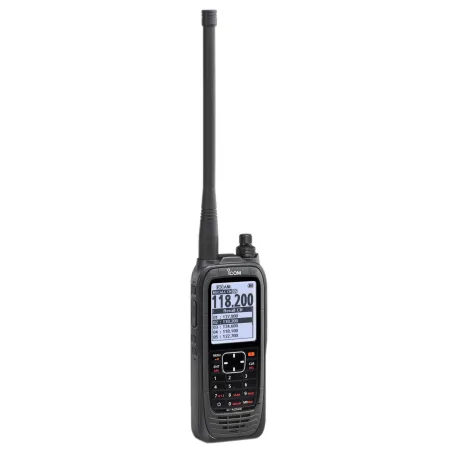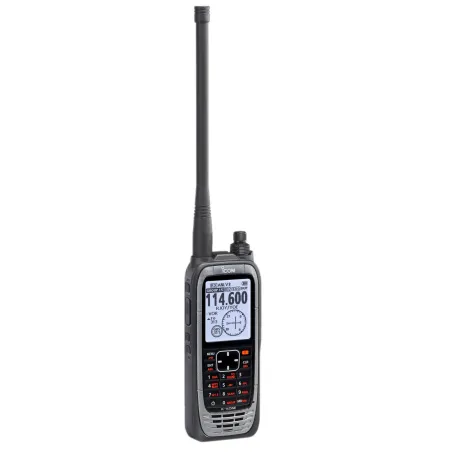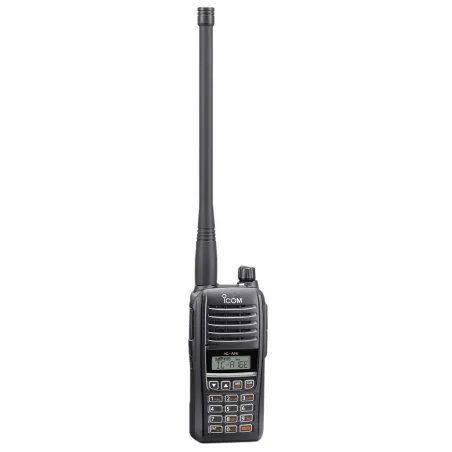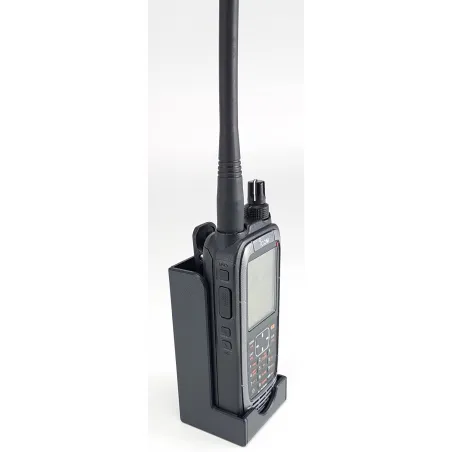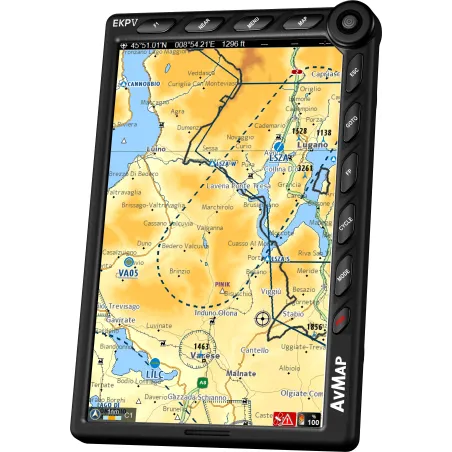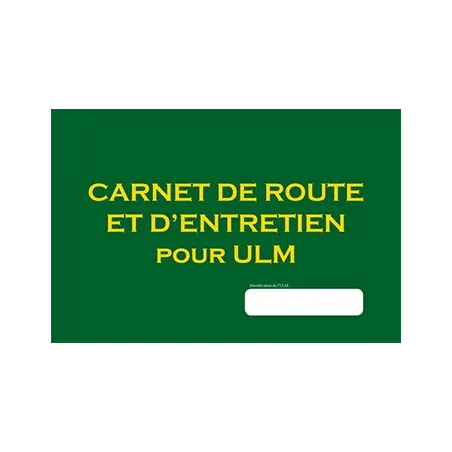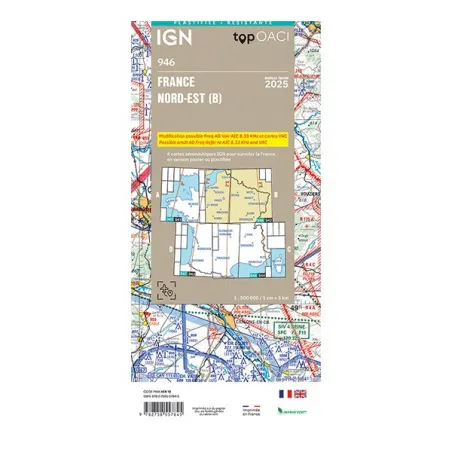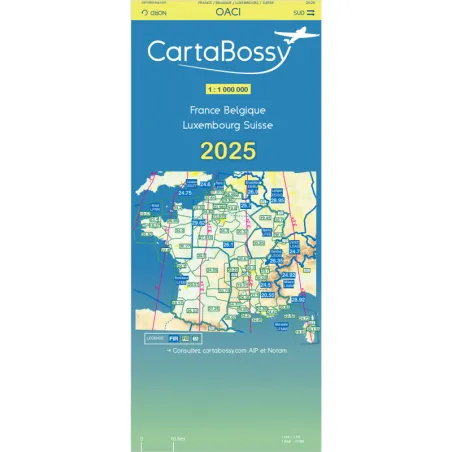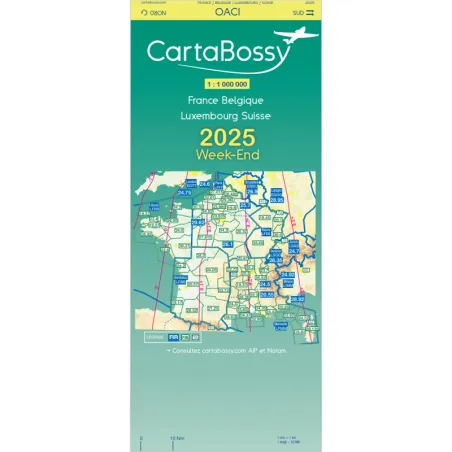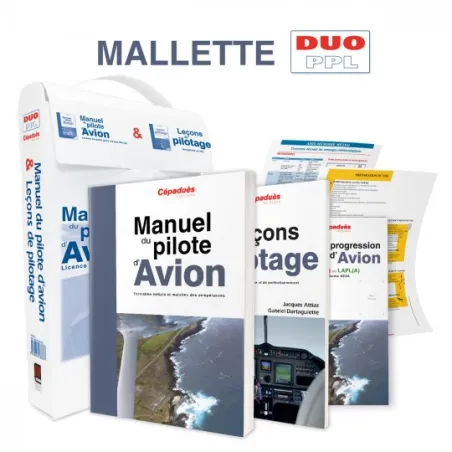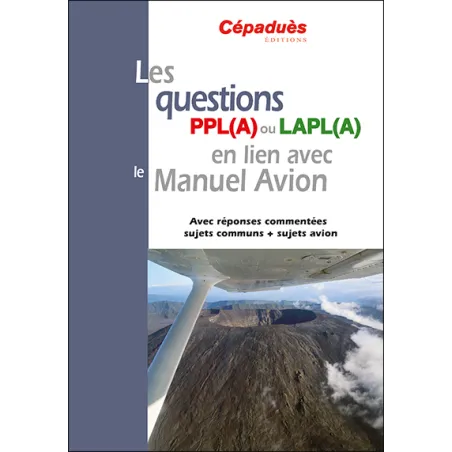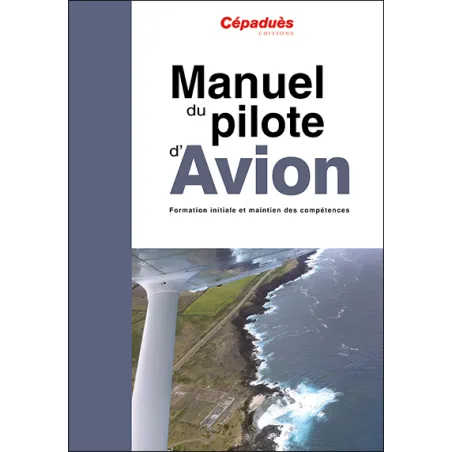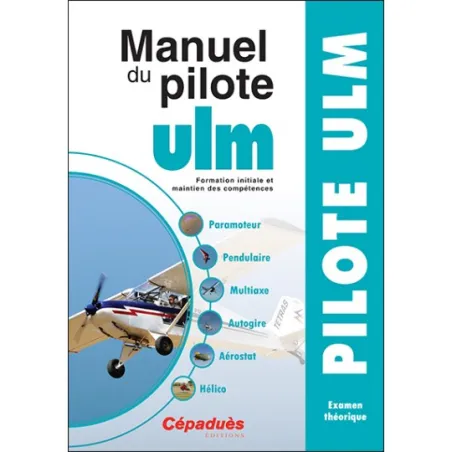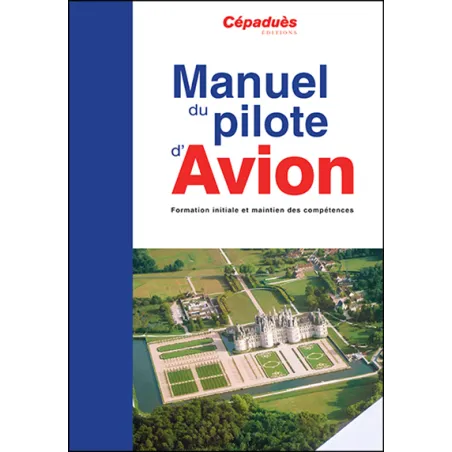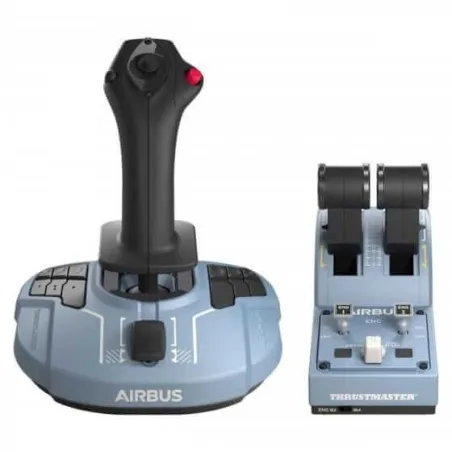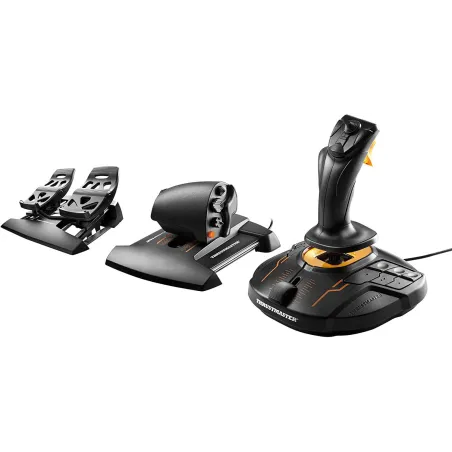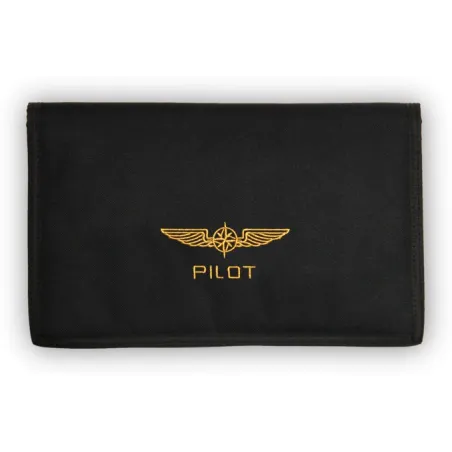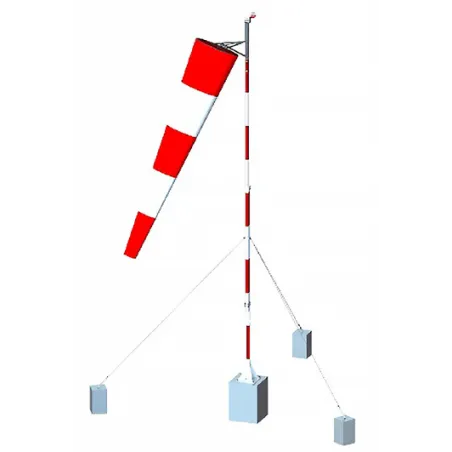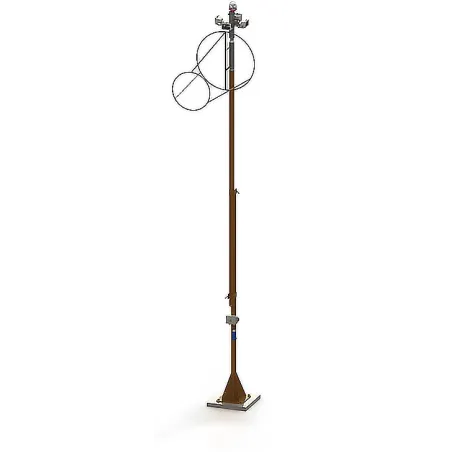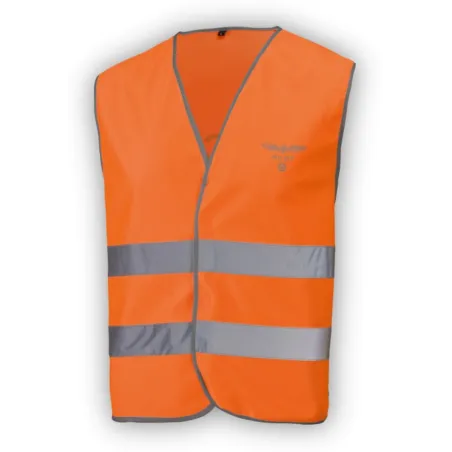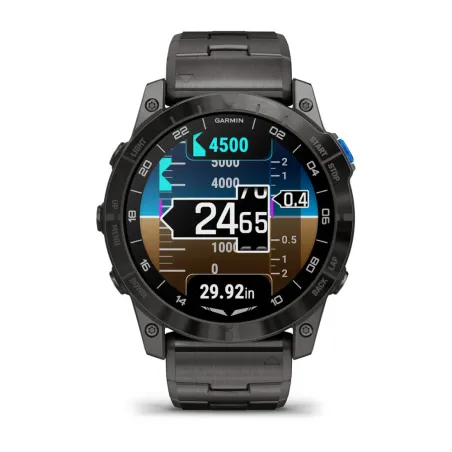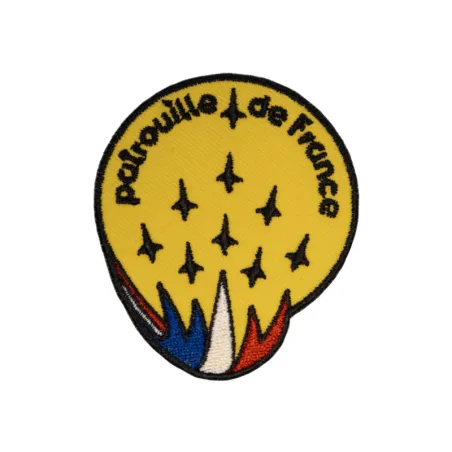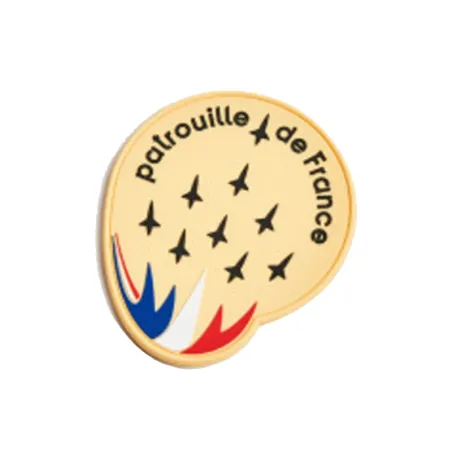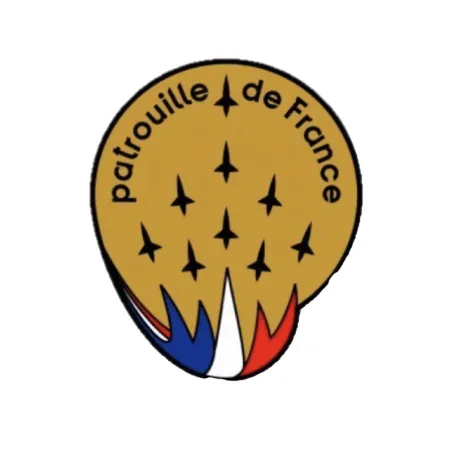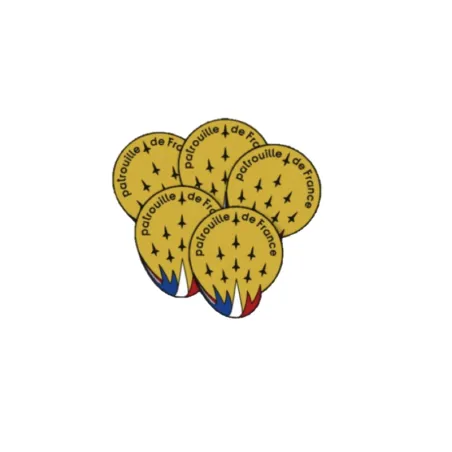BIA: a first step towards taking flight
Categories :
Aeronautical training
, BAYO
Note: The BIA is a training program exclusive to France, designed for young people living in the country. The diploma is awarded by French government authorities in collaboration with national aeronautical federations.
Where does the BIA come from?
Created in 1968, the BIA (Brevet d'Initiation Aéronautique) was born from the meeting, in the great aeronautical nation of France, between the national education system and the world of aeronautics; it is itself the successor of the Brevet élémentaire des sports aériens, which had been established as early as 1937.
It is therefore a fully official diploma, awarded jointly by the Ministry of National Education and the Ministry of Ecological and Solidarity Transition – which is responsible for transportation – in collaboration with the National Confederation of Aeronautical and Sports Federations (CNFAS). It thus represents a bridge between the world of education and the world of aviation.
It remained completely unique for a long time but was joined in 2018 by an equivalent, the Brevet d'Initiation à la Mer or BIMer.
What is the BIA for?
The BIA allows young people to acquire a solid aeronautical culture, which was further strengthened in 2015 by covering more on aeronautical careers and broader topics, such as international security issues, geopolitics, or history.
Its stated objectives are multiple: on the one hand, to give more meaning to school training; but also, more specifically, to discover the different aspects of the aeronautical and even space fields, as well as the pathways leading to careers in this sector.
In other words, following this teaching alongside those of middle or high school allows a student to find motivation in the educational system and to prepare for their future career path. It is an entry point into this world of passion, technique, rigor, and innovation.
It helps to enhance a set of knowledge and practices and will be an asset in opening doors to aeronautical careers.
Who is it for?
The BIA is generally aimed at middle and high school students. The required knowledge, particularly in mathematics and physics, is at the third-year level, and the diploma can be obtained from the age of 13.
The majority of candidates are in the tenth grade, but it can also be taken later.
However, it is less relevant when reaching adulthood, as one can directly move on to flight training, which includes the knowledge of the BIA.
How is the Brevet d'Initiation Aéronautique training conducted?
This is a 40-hour, free training that can be provided in a school or in an aeroclub from a CNFAS-affiliated federation. It can be integrated into the school curriculum or extracurricular activities. However, one can also prepare for the diploma as an independent candidate.
The training aims to be as practical as possible, as close as possible to the realities of aeronautical activity. It may include visits to facilities, flight simulations, concrete flight preparation cases, etc...
But what do you actually learn when preparing for the BIA?
The program consists of five sections in which the candidate must develop their knowledge: meteorology and aerology; aerodynamics, aerostatics, and flight principles; study of aircraft and spacecraft; navigation, regulations, flight safety; and finally, history and culture of aeronautics and space.
Some examples to give you an idea of what awaits you? In meteorology, you will learn to interpret meteorological and aerological phenomena, use weather data for flight preparation, and identify hazardous phenomena. You will become familiar with air masses and fronts, and better understand the atmosphere, winds, and clouds.
In aerostatics, you will explore the concepts of lift, stable flight at constant speed, ballooning, and spaceflight. You will be able to better understand the mechanisms that allow an aircraft to stay in the air, learn to identify different types of flight, or assess the distribution of aerodynamic forces.
You will also learn to recognize types of aircraft, engines, structures, understand cockpit instruments, navigation tools…
In short, all the basic concepts, with almost no missing, except – perhaps – putting them into practice. In fact, the BIA regulations strongly encourage including a discovery of flight in the training, and agreements have been made in this regard with aeroclubs. However, this is not mandatory, as flight will be paid, unlike the rest of the training.
What does the Brevet d'Initiation Aéronautique exam involve?
To obtain the BIA diploma, you must take an exam held around mid-May, on a date set nationally each year. You will answer questions in the form of multiple-choice questionnaires. The exam lasts 2 hours 30 minutes and covers the teachings of the five areas of the training, with 20 questions per area.
An optional 30-minute English test can be added.
You will receive a final score out of 100. You will obtain the diploma if you get the average, with the possibility of obtaining a mention (fairly good, good, or very good), just like in other school exams.
However, be aware: a zero in one of the five sections is disqualifying.
Where can I take the BIA training?
It is not offered in every school, but there is at least one in each academic district. The rectorate of each district can provide the list and all the information for registration.
The courses can take place in middle schools, high schools, aeroclubs, and some universities.
How do I prepare for the Brevet d'Initiation Aéronautique?
Whether you are an independent candidate or even if you are following the training, you will have a lot of theoretical knowledge to assimilate. You can rely on a whole range of textbooks, which will be your best friends during your preparation period.
We recommend the BIA Pack “Preparation of the Brevet d'Initiation Aéronautique”, which contains four books presenting all the concepts in both a pedagogical and fun way, making learning very easy.
You will also find a high-quality book published by the Mermoz Institute and
in partnership with the French Aeronautics Federation.
What does obtaining the BIA lead to?
The Brevet d'Initiation Aéronautique is an excellent gateway if you want to learn to fly. First, because it covers the theoretical knowledge that you will need to study in the next stage, to prepare for pilot’s licenses, starting with the PPL (Private Pilot License), which allows you to command a private airplane, as an amateur.
The BIA will be even more useful because all federations promote flight training through financial assistance for BIA holders, with an age limit of 25 years or 21 years depending on the case.
It will also be the perfect springboard to begin the career path leading to a professional pilot career. Once you have your BIA, you can climb the steps that make up each license: PPL, then Commercial Pilot License (CPL), Instrumental Rating (IR), Multi Engine (ME), and finally Multi Crew Coordination (MCC).
Also, keep in mind that there are other careers and opportunities for aviation enthusiasts. But in any case, the BIA will always be a plus on your CV to access them.
Are you decided? Don’t wait: for the 2024 session, registrations are open until March 13.
Share this content
Please log in to rate this article







